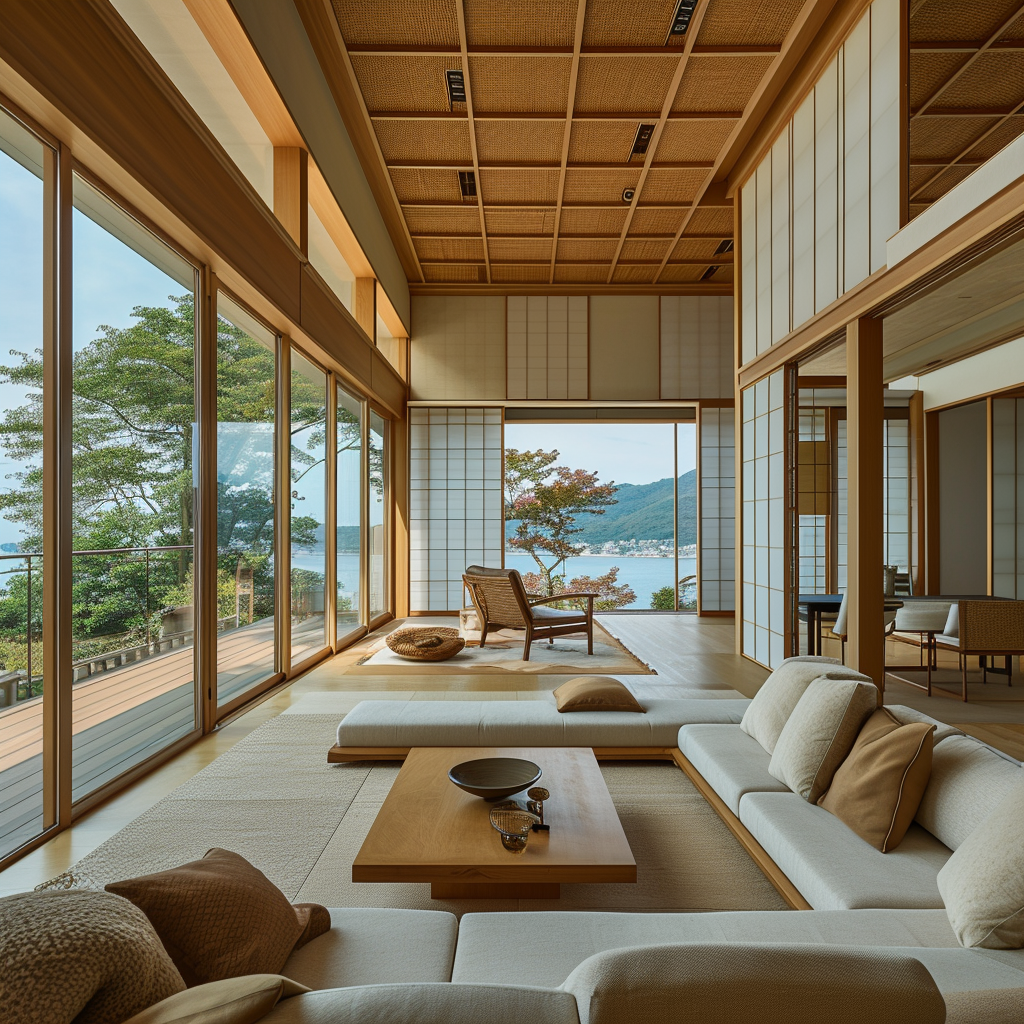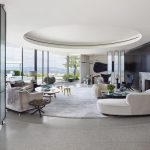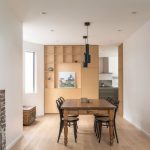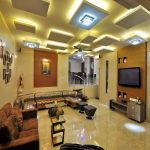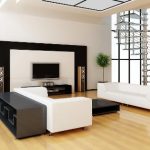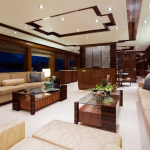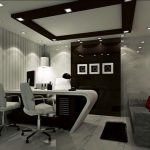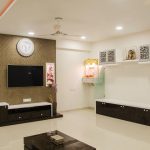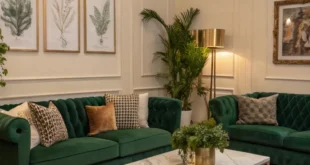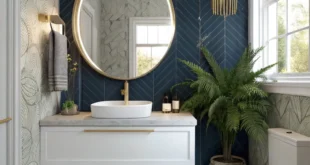Interior design is the art and science of enhancing the interior of a building to create a more aesthetically pleasing and functional environment. It involves the selection of furniture, color schemes, lighting, and decorative items to create a cohesive and visually appealing space. Good interior design can drastically improve the overall feel and functionality of a space, making it more comfortable and inviting for its occupants.
One important aspect of interior design is creating a sense of harmony and unity throughout a space. This can be achieved through the use of a consistent color palette, complementary furniture pieces, and thoughtful placement of decorative items. By carefully considering how each element interacts with the others, a designer can create a cohesive and balanced interior that feels harmonious and visually appealing.
Another key consideration in interior design is functionality. A well-designed space should not only look great, but also be practical and functional for its intended purpose. This involves considering factors such as traffic flow, furniture placement, and the needs of the occupants. By carefully planning the layout and functionality of a space, designers can create interiors that are not only beautiful but also highly functional and efficient.
Lighting is another crucial element of interior design that can greatly impact the look and feel of a space. Different types of lighting, such as overhead lighting, task lighting, and accent lighting, can be used to create different moods and highlight key features within a space. By carefully considering the lighting needs of a space and incorporating a variety of lighting sources, designers can create interiors that are both visually striking and functional.
Texture is another important consideration in interior design. By incorporating a variety of textures, such as natural wood, plush fabrics, and metallic finishes, designers can create visual interest and depth within a space. Textural elements can add warmth and personality to a space, making it feel more inviting and comfortable for its occupants.
In conclusion, interior design is a multifaceted discipline that involves careful consideration of color, furniture, lighting, and texture to create visually appealing and functional spaces. By paying attention to factors such as harmony, functionality, and lighting, designers can create interiors that are not only beautiful but also practical and efficient. Good interior design can greatly enhance the overall look and feel of a space, making it more comfortable and inviting for its occupants.
 redboth.com Decoration ideas for your home
redboth.com Decoration ideas for your home
